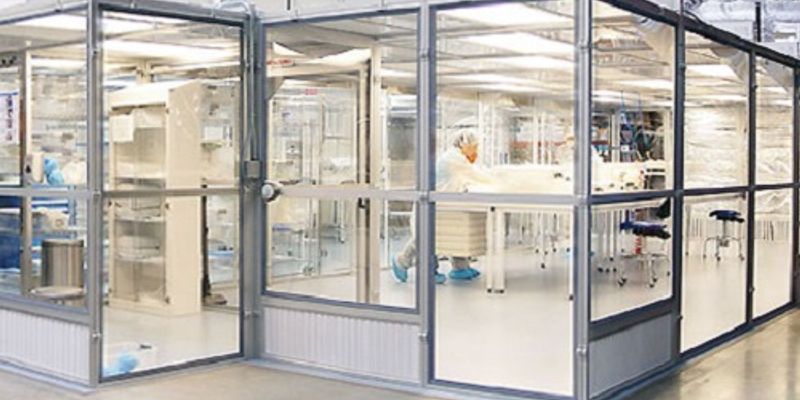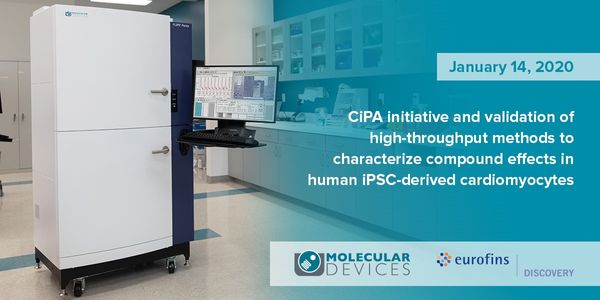Clinical Research
Clinical Research: Patient - oriented research. Clinical research is a branch of healthcare science that determines the safety and effectiveness (efficacy) of medications, devices, diagnostic products and treatment regimens intended for human use. These may be used for prevention, treatment, diagnosis or for relieving symptoms of a disease.
-
FEB 13, 2020 | 7:30 PMDATE: February 14, 2020 TIME: 11:30am SGT, 2:30pm AET Antimicrobial resistance is a growing threat to the health and safety of the world’s population. The World Health Organisation rec...FEB 13, 2020 | 10:00 AMDATE: February 13, 2020 TIME: 10:00am PST Antimicrobial resistance is a growing threat to the health and safety of the world’s population. The World Health Organisation recognizes fast...FEB 13, 2020 | 1:00 AMDATE: February 13, 2020 TIME: 10:00am CET...The compendium of newly emerging and currently available hemophilia and anticoagulant treatments, while offering new choices for improved patient care, can create significant levels of inter...Speaker: Donna Castellone, MS, MASCP, MT(ASCP) SH
JAN 30, 2020 | 9:00 AM
DATE: January 30, 2020 TIME: 9:00am PST, 12:00pm EST Recent advances in in vitro 3D cellular culture technologies, such as organoids, rapidly developed and established novel, more physiologi...
JAN 23, 2020 | 9:00 AM
DATE: January 23, 2020 TIME: 9:00am PST, 12:00pm EST...
JAN 22, 2020 | 9:00 AM
DATE: January 22, 2019TIME: 9:00am PST, 12:00pm EST I describe the essentials for pursuing research grants from private foundations and corporations. Specifically, I revi...
JAN 14, 2020 | 9:00 AM
Fecal elastase-1 – a biomarker for pancreatic exocrine insufficiency(EPI) continues to gain traction as an ideal biomarker for assessing EPI. This presentation will include a review of...
JAN 14, 2020 | 8:00 AM
DATE: January 14, 2019 TIME: 8:00am PST Drug-induced QT interval prolongation and Torsades de Pointes (TdP) arrhythmias are the leading causes for drug withdrawals from market and compound a...
Speaker:
Muthukrishnan Renganathan, PhD
, Panida Lertkiatmongkol, PhD
, Oksana Sirenko, PhD
, Carole Crittenden
Sponsored By: Molecular Devices,
Eurofins Discovery
JAN 09, 2020 | 10:00 AM
Join us on January 9, 2020 for this live webinar!...
“The poor translatability of early-stage preclinical models is a major setback in oncology drug development. Immortalized cell lines, that are extensively used in drug screens, undergo...
Misfolded and accumulated neurodegenerative disease associated proteins (NDAPs, such as tau and alpha-synuclein) represent the major pathological hallmark in Alzheimer’s and Parkinson&...
Open Science has changed research by making data accessible and shareable, contributing to replicability to accelerate and disseminate knowledge. However, for rodent cognitive studies the av...
Chaperone networks are dysregulated with aging, but whether compromised Hsp70/Hsp90 chaperone function disturbs neuronal resilience is unknown. Stress‐inducible phosphoprotein 1 (STI1; STIP1...
Non-alcoholic fatty liver disease (NAFLD) is the most common form of chronic liver disease in developed countries, and it affects over 25% of the population worldwide. Within the next five y...
The OrganoPlate is a microtiterplate based Organ-on-a-Chip platform for high throughput drug safety and efficacy screening. It contains up to 96 cell culture chambers that allow co-culture o...
Speaker:
Sebastiaan Trietsch, PhD
Presented at: Drug Discovery & Development Virtual Event Series 2020
The aim of the lecture is to give an insight into the use of 3D liver micro tissues (3D liMTs) in drug discovery and translational safety. In translational toxicology, 3D LiMTs have a high i...























